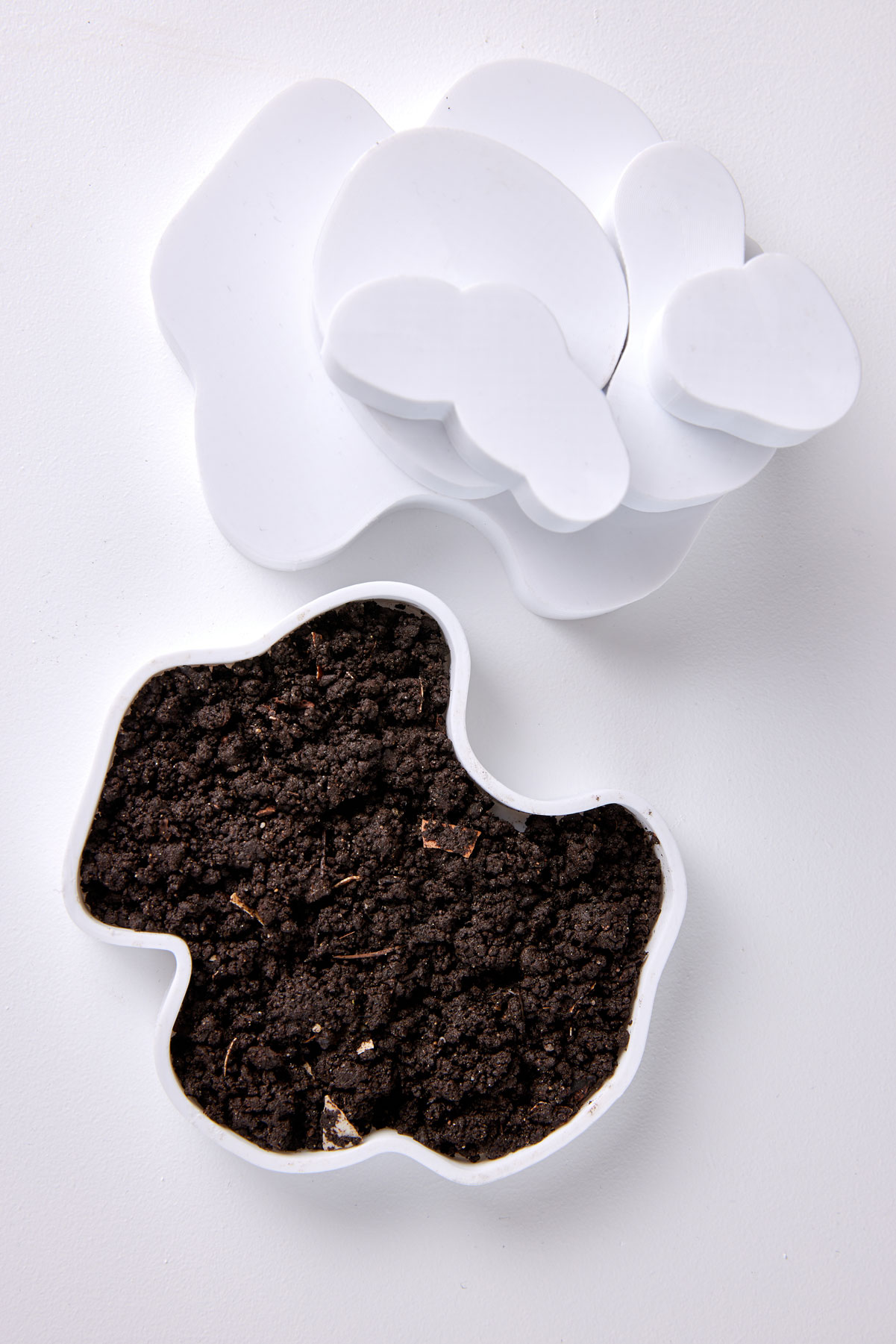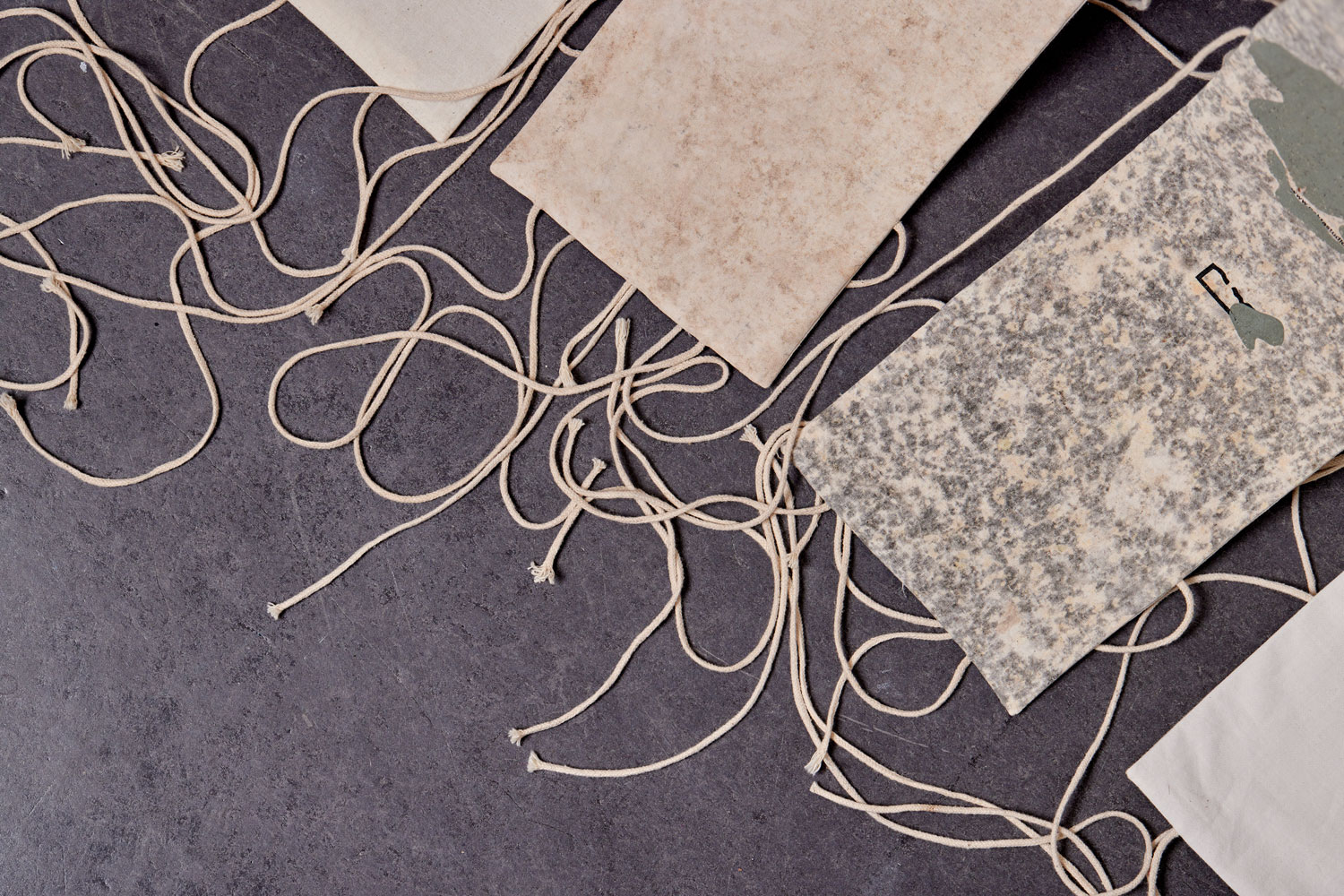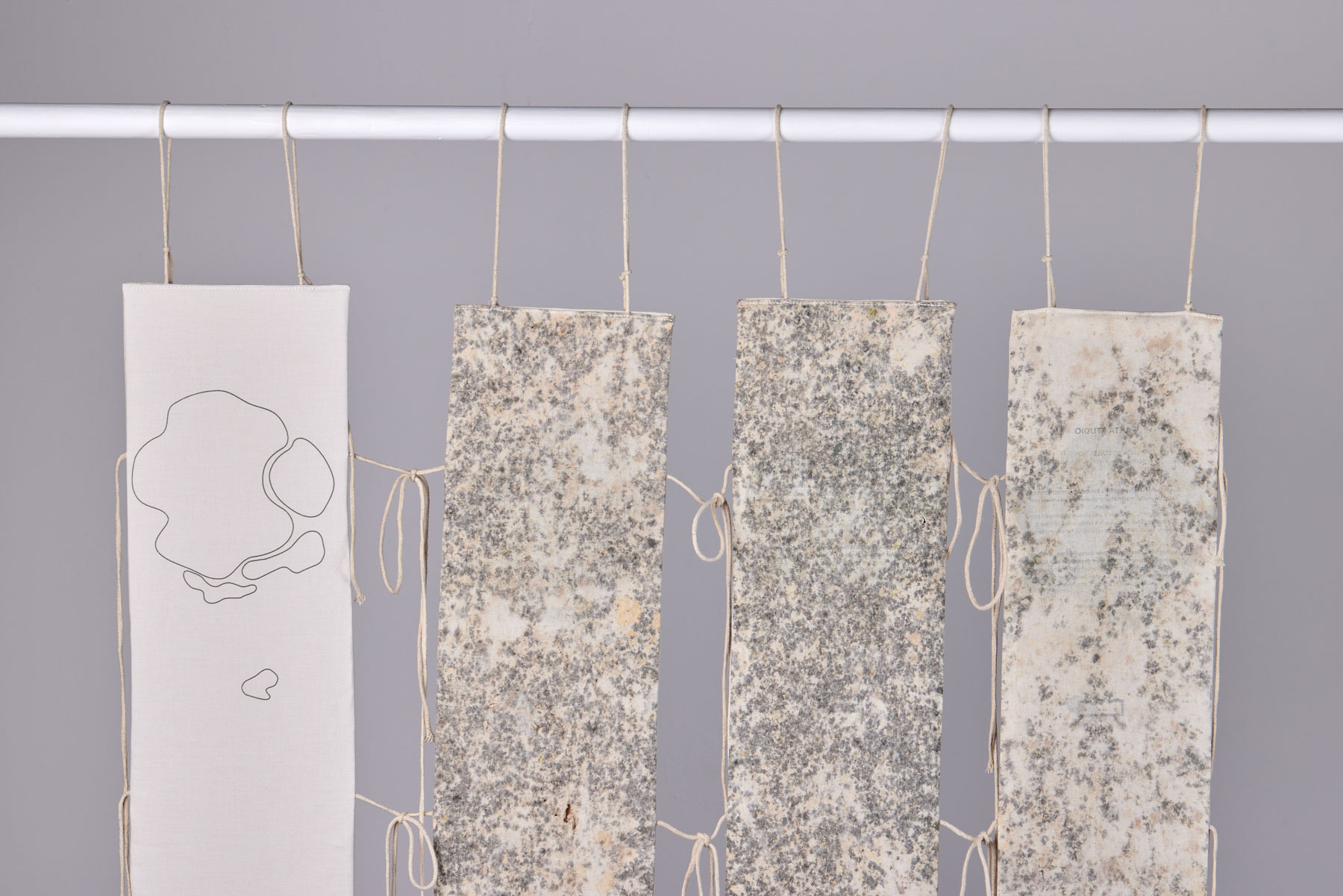About

Unmaking
Graduate Project, CSM MA Biodesign, 2021-2022, London, UKWhat can the fashion industry learn from textile decomposition?
Unmaking displays co-creative process between a human designer, deadstock textile and compost. There are around 9 billion organisms in one teaspoon of compost, creating a vibrant living system - compost therefore presents an opportunity for designing with, and through, soil.
In the project, I am revisiting my past design practice by upcycling overproduced, deadstock drawstring bags, previously used as packaging. In contact with compost and under optimal conditions, cotton - a cellulosic textile, is slowly broken down by bacteria, fungi, and macro-organisms. During this decomposition process the textile becomes imprinted with pigments through microorganisms' decay as well as by pigmented bacteria, resulting in an innovative and double-sided print. This print mirrors the beaming life of this diverse living system through a process usually linked with departure from life.
Through the way compost is applied to the textile, the human designer explores agency of the living and non-living actors - the compost is either contained by 3D printed forms or covering the whole textile. The cotton with the undesired old text, the strings and the compost print all play a vital role during the unmaking process, presented through a modular wall hanging installation.
Unmaking aims to demystify decomposition and display agency in design through an exploratory, approachable and considerate process.
Research
Decomposition of cellulosic textiles
In contact with compost and under optimal conditions, cellulosic textiles are slowly broken down by bacteria, fungi, and macro-organisms. During this decomposition process the textile becomes imprinted with pigments through microorganisms' decay as well as by pigmented bacteria.
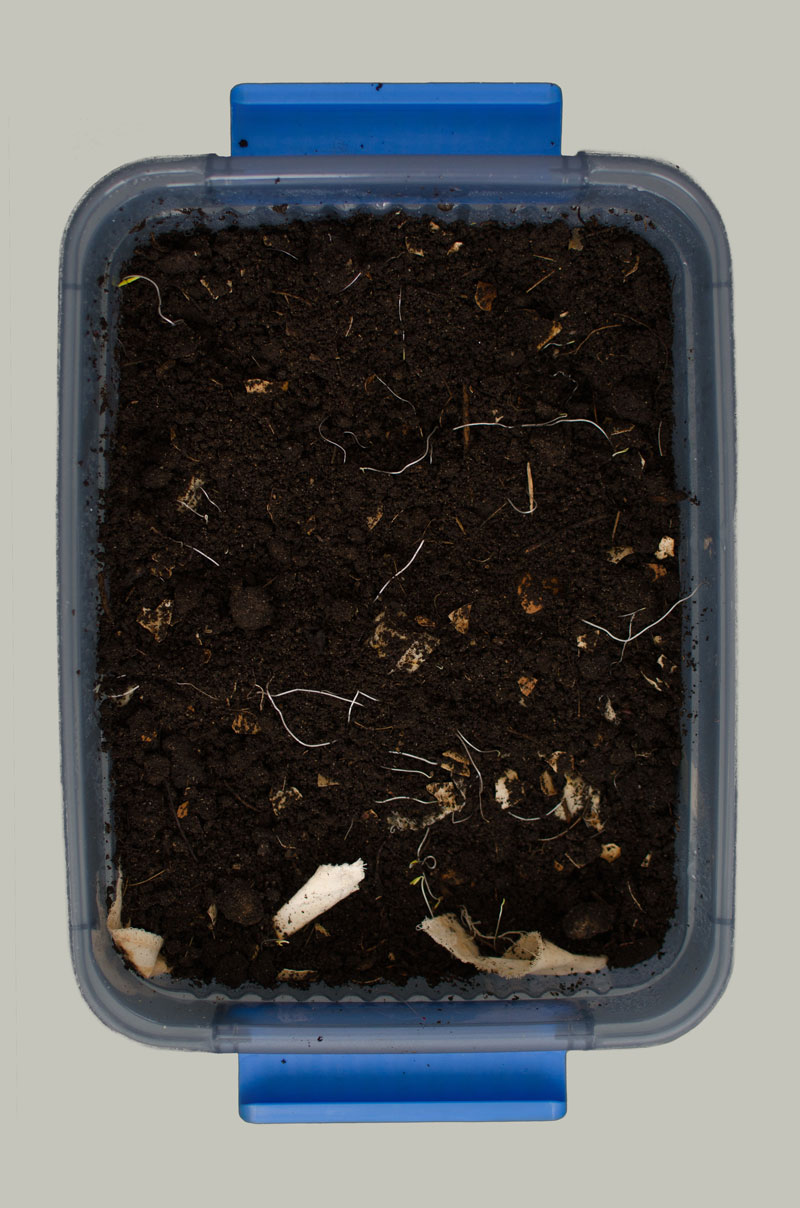
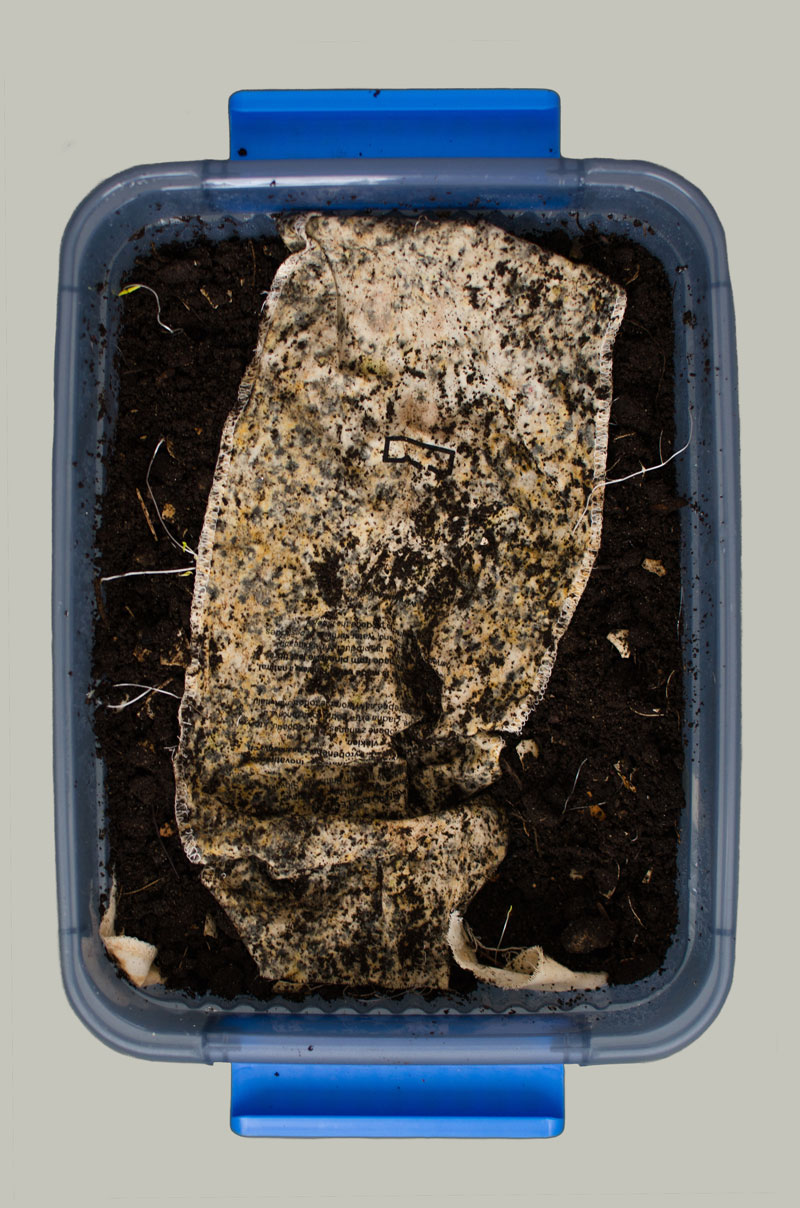
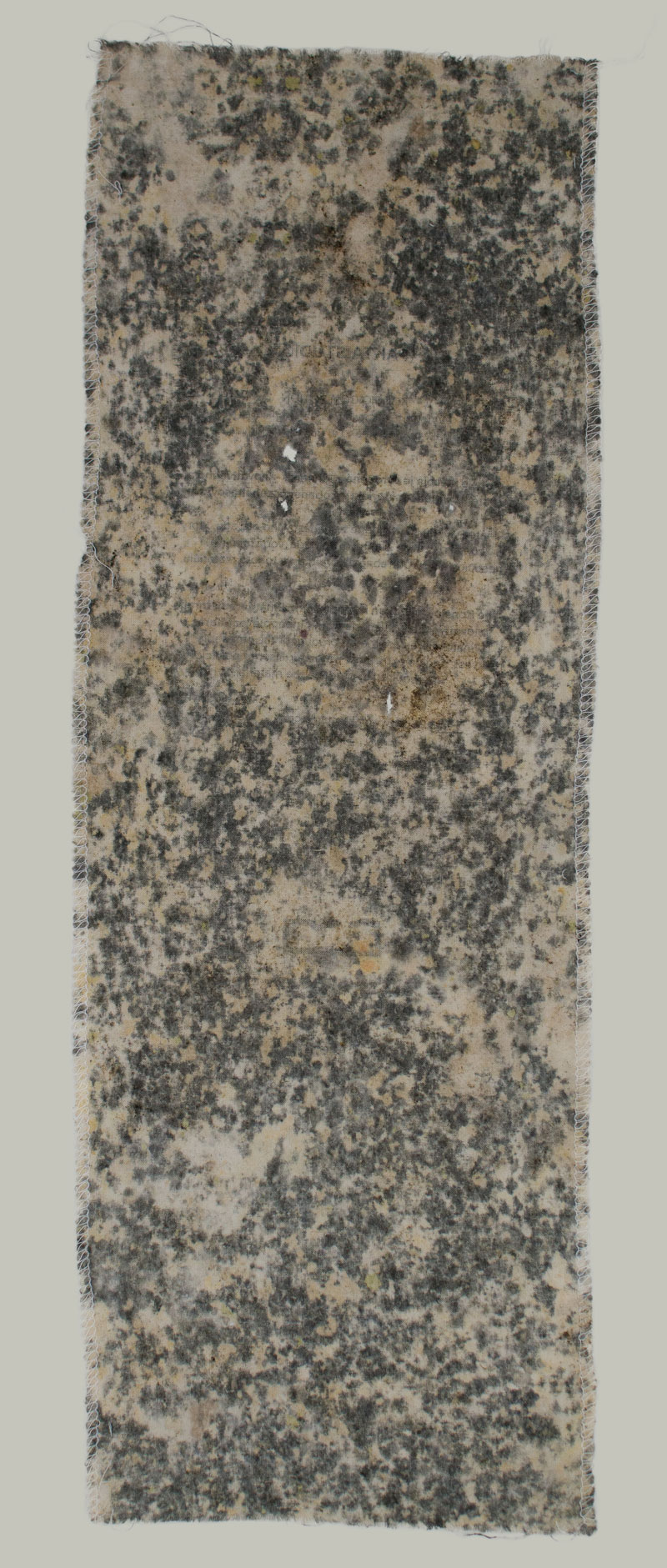
Stages of decomposition
Cataloguing decomposition helps exploring the limits of cellulosic textiles and provides deeper understanding of them.
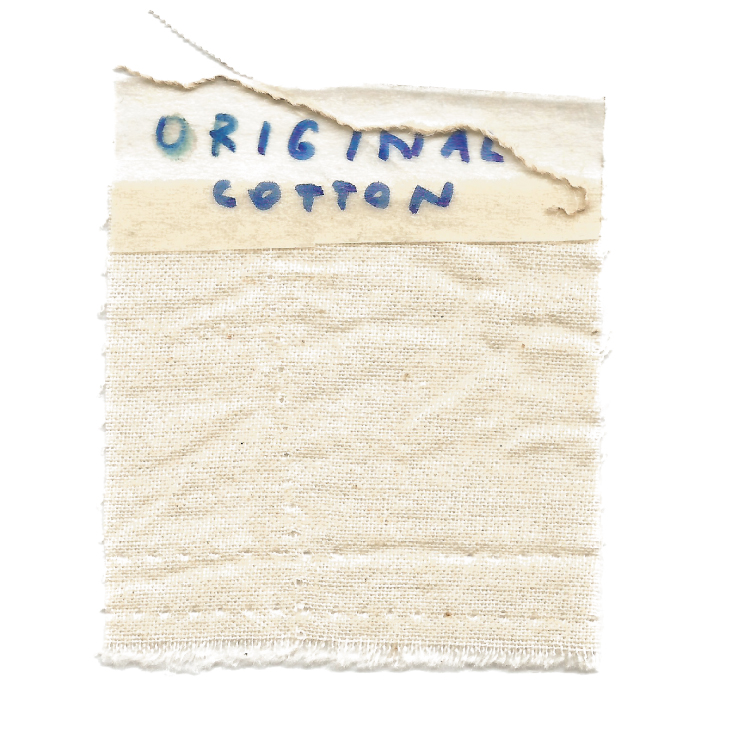
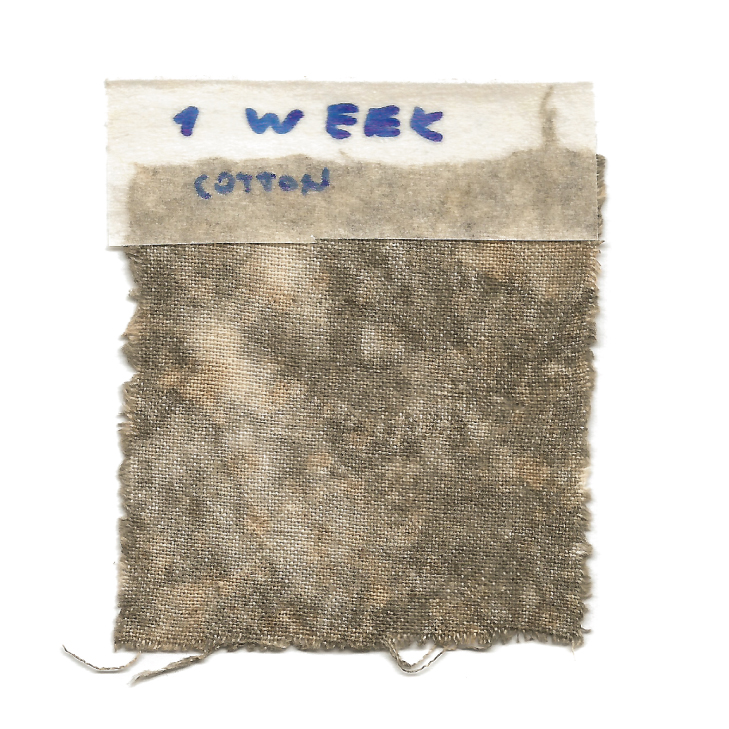

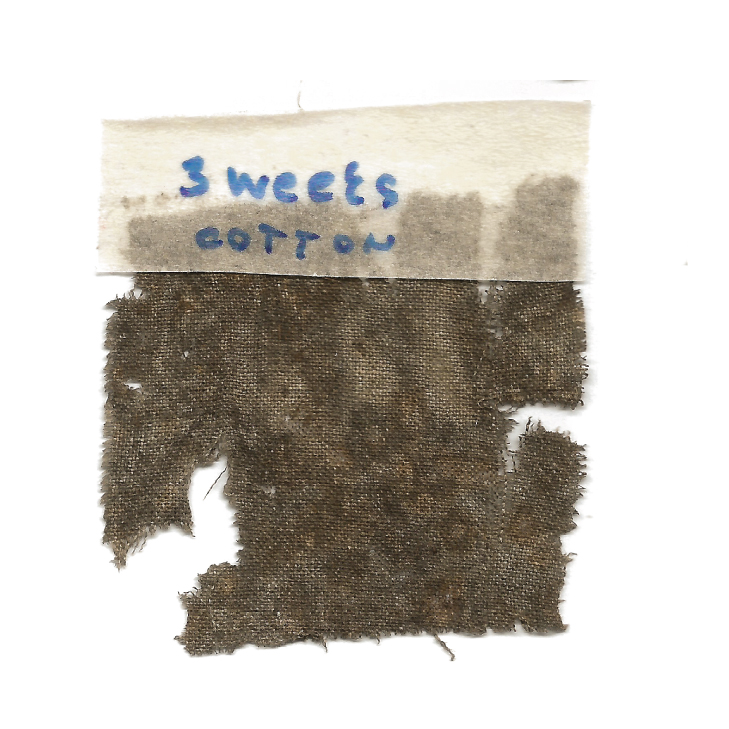

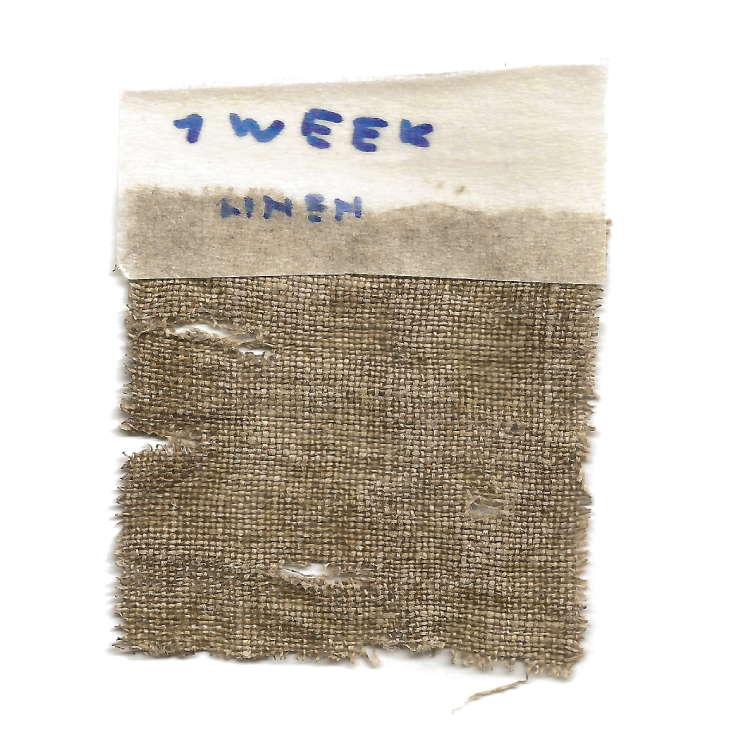
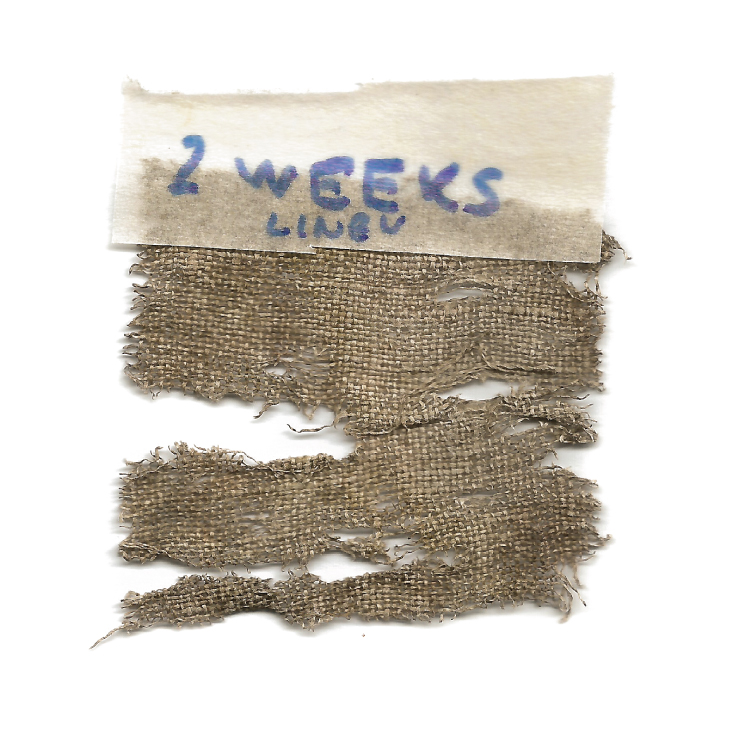

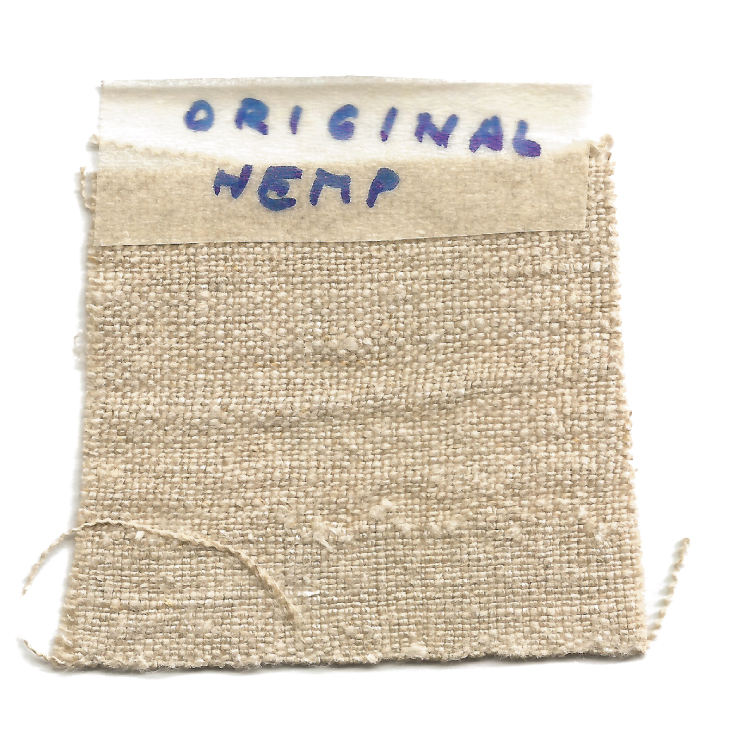
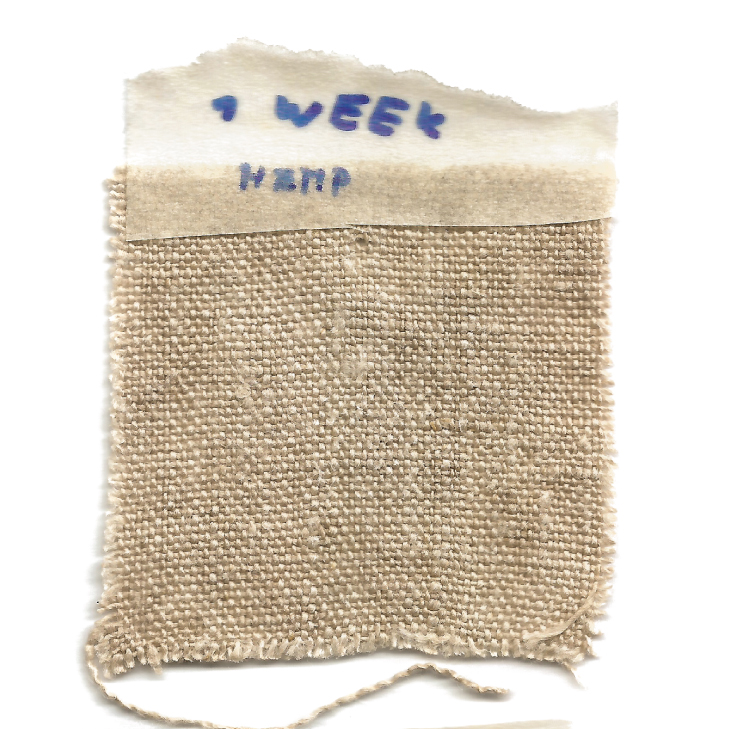
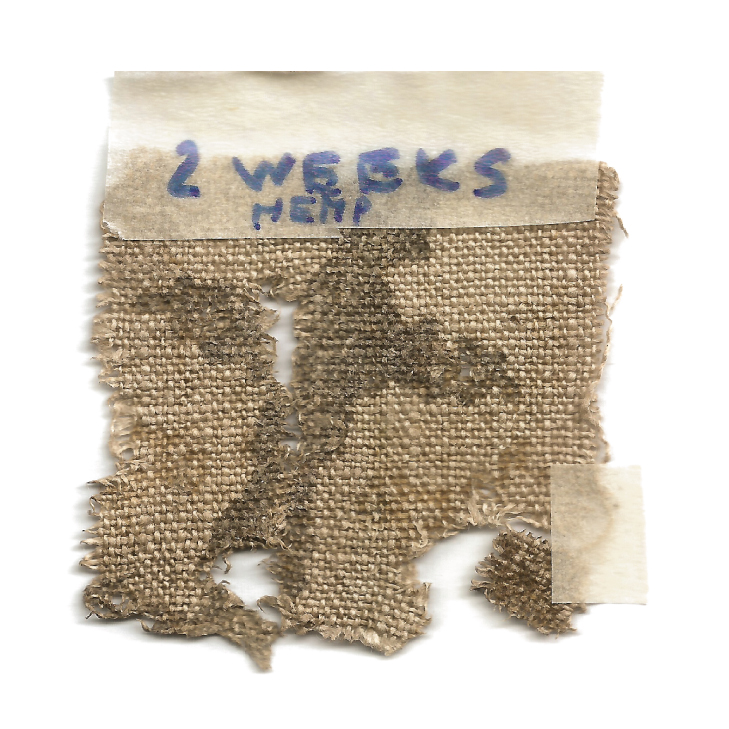
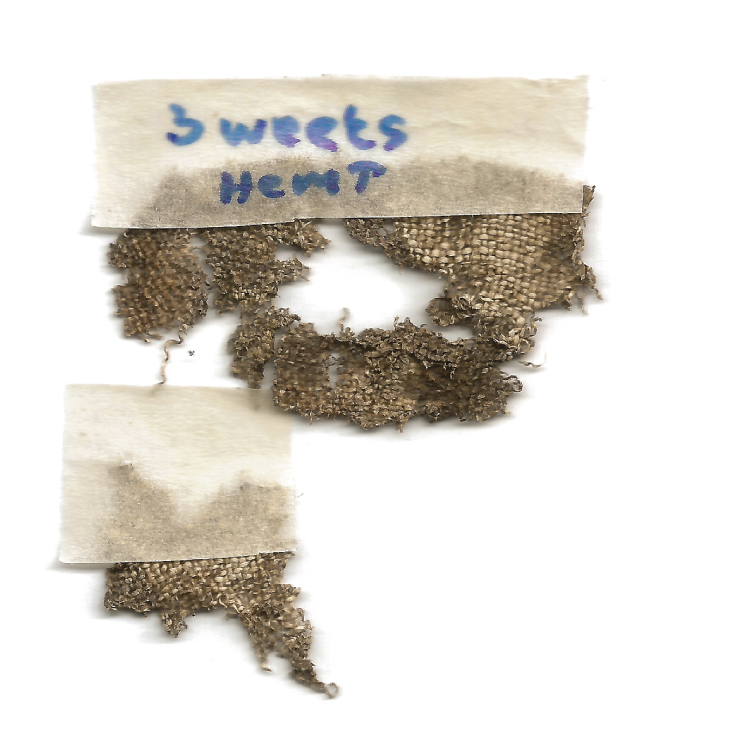
PRINT THROUGH DECOMPOSITION
This print is created by diversity. What can be observed on it?
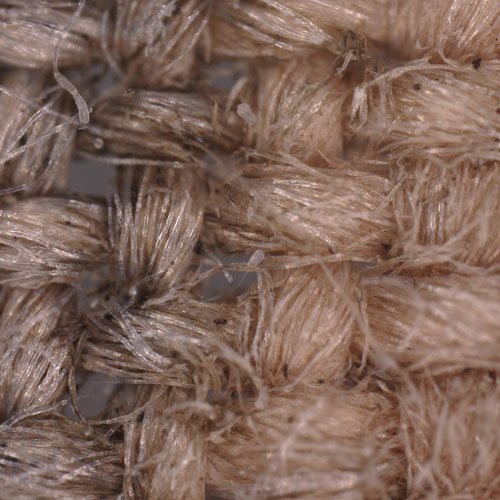
Difference in Opaqueness
Change in structural integrity of fabric as a result of the decomposition process

Holes
One step further than change in opaqueness - loss of structrual integrity of fabric

Dark spots
Dyed by carbon from microbial breakdown

Occasional vivid colours
Potentially dyed by the fungi and bacteria living in the compost

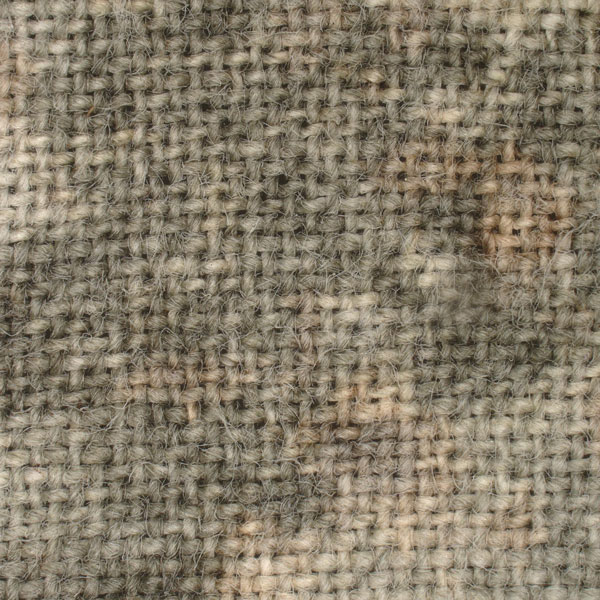
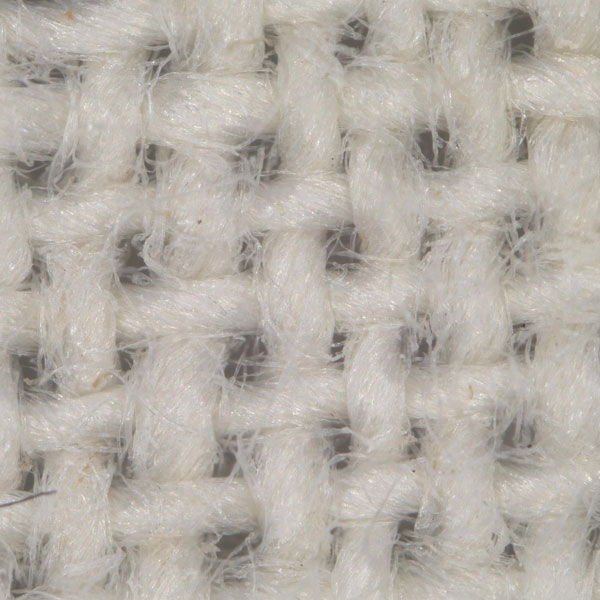
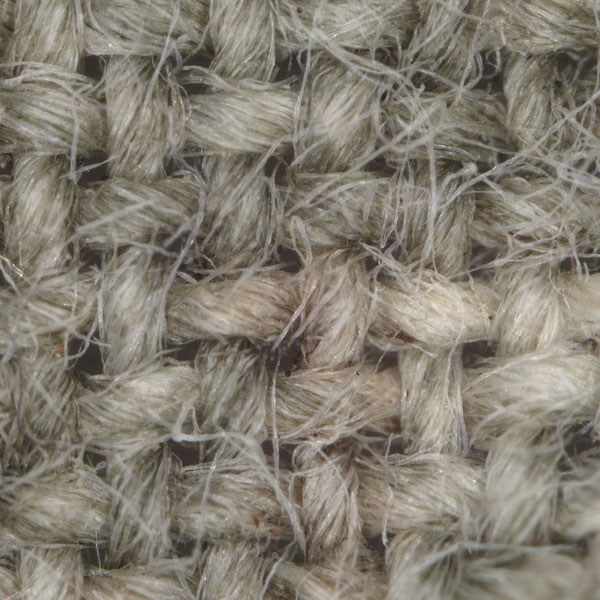

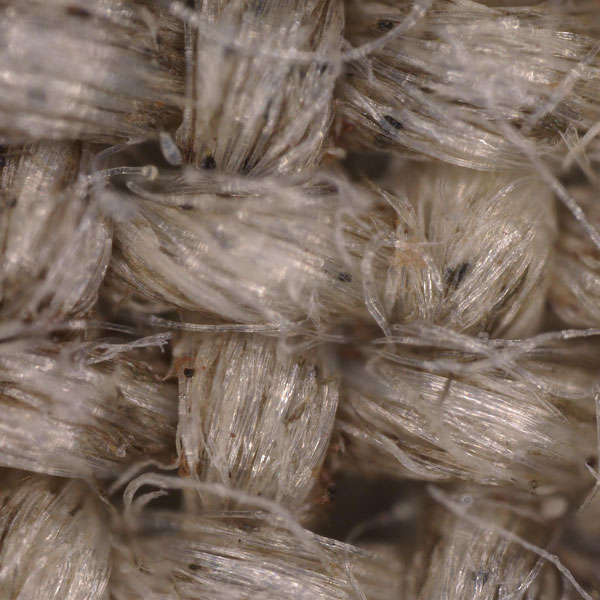
How can this process be used in design practice?
Installation



